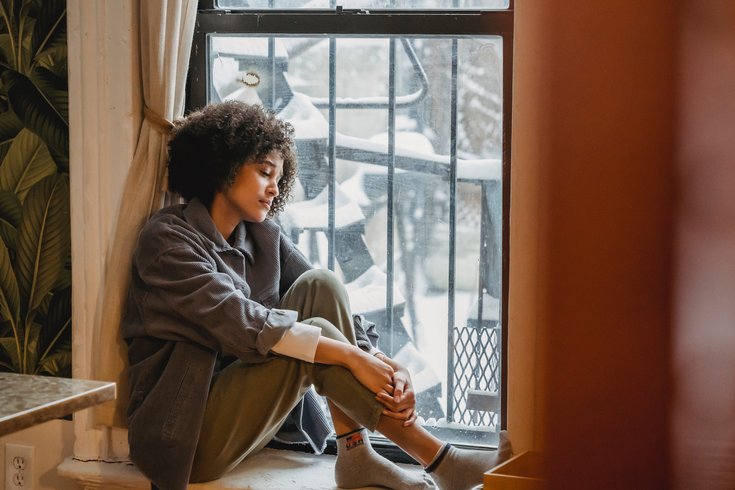
October 13, 2023
 Liza Summer/Pexels
Liza Summer/Pexels
About 5% of adults in the U.S. experience seasonal affective disorder, a type of depression in which a person experiences significant changes in mood and behavior when the seasons change.
Though some people enjoy the changing leaves and cooling temperatures that fall brings, others begin to feel mental health effects as the days get shorter leading up to December's winter solstice.
Seasonal affective disorder is a type of depression in which a person experiences significant changes in mood and behavior when the seasons change, according to the National Institute of Mental Health.
About 5% of adults in the U.S. experience SAD, according to the American Psychiatric Association, and it is more common in women than men. SAD most commonly presents when people are between ages 18 and 30, but the disorder can begin at any age.
In most cases, SAD symptoms occur during the fall and winter months, and improve when the warmer months arrive. This is known as winter-pattern SAD. Some people experience depressive episodes during the spring and summer — known as summer-pattern SAD — but it is less common.
One possible explanation for SAD is that people experience a shift in their circadian rhythms, the body's internal biological clock, when the seasons change — which can cause daily schedules to be thrown out of whack. Winter-pattern SAD has been linked to a biochemical imbalance in the brain prompted by winter's shorter daylight hours and decreased sunlight, according to the APA.
Here are the symptoms and treatments of SAD, as well as ways people can begin steeling themselves against the condition this fall:
SAD is more than simply feeling a bit gloomy from the "winter blues." Symptoms can often interfere with daily functioning and can last four to five months per year.
Symptoms may vary in severity, and can include similar symptoms to major depression. Not every person with SAD experiences every symptom associated with the disorder, but common symptoms include:
• Feeling sad or having a depressed mood nearly every day for most of the day
• Losing interest or pleasure in activities once found enjoyable
• Sleep difficulties
• Having low energy and feeling sluggish or agitated
• Feeling hopeless, worthless or guilty
• Concentration difficulties
• Having frequent thoughts of death or suicide
Symptoms specific to winter-pattern SAD may include:
• Oversleeping
• Overeating, with a specific craving for carbohydrates
• Weight gain
• Social withdrawal, similar to "hibernation"
Symptoms may improve on their own when the season changes, but people experiencing symptoms of SAD are advised to seek the help of a medical professional. There are several treatments available to help symptoms improve more quickly.
Bright-light therapy is one method. It involves sitting in front of light therapy lamps, or desk lamps with light panels of about 12 to 15 inches, for a certain period of time every day in an effort to mimic outdoor light. The goal is to change one's brain chemistry, which in turn boosts mood.
Other effective methods include talk therapy, specifically cognitive behavioral therapy, and the use of antidepressants called selective serotonin reuptake inhibitors, or SSRIs. Nutritional supplements of vitamin D also may help — since many people who suffer from SAD have vitamin D deficiency — but studies on its benefit have produced mixed findings.
Though winter is a few months away, there are preventative measures that people who struggle with SAD can take now.
They can consult their physicians during the fall to let them know that they may be entering a time of risk and to discuss their options.
Some people may begin light therapy in early fall to prevent symptoms that arise later in the season, according to the APA. One study found that preventive treatment with antidepressants effectively prevented SAD, but it also had a higher risk of side effects, according to NIMH.
People who struggle with SAD may benefit from maintaining routines that they associate with good mental health, such as staying sociable and exercising, or attempting to reevaulate their negative outlook on fall and winter.
Follow Franki & PhillyVoice on Twitter: @wordsbyfranki
| @thePhillyVoice
Like us on Facebook: PhillyVoice
Have a news tip? Let us know.